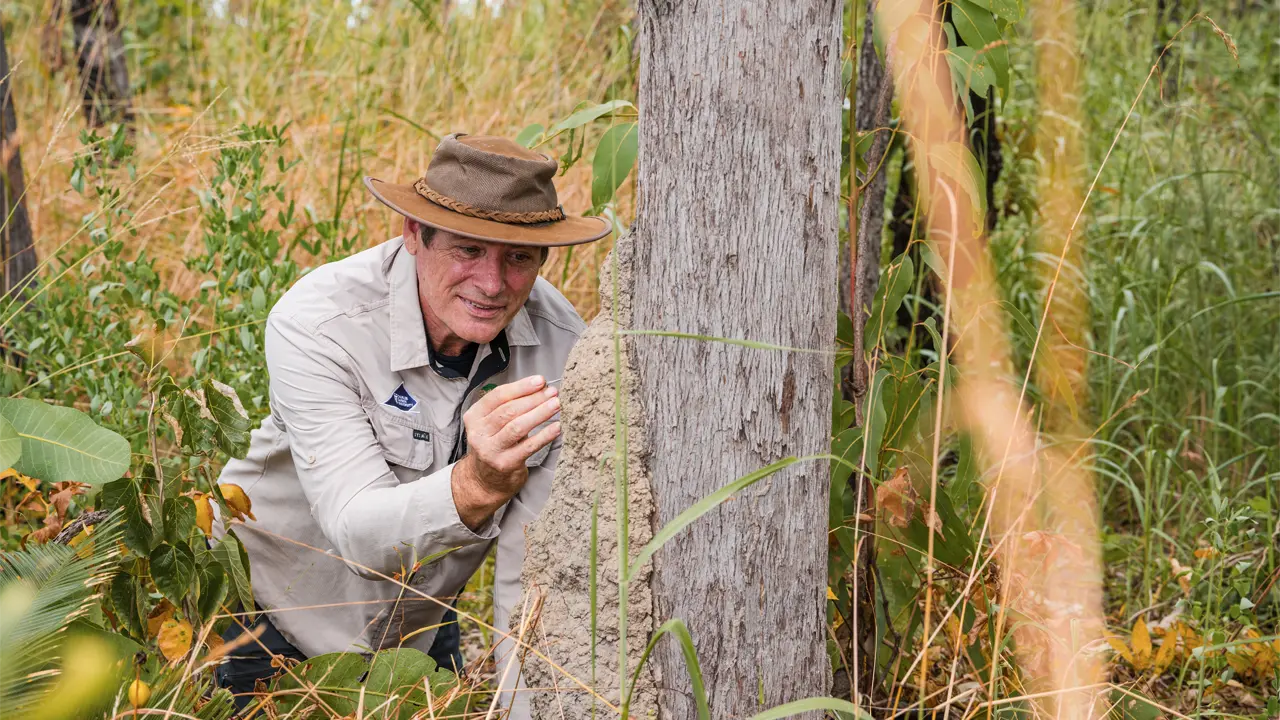NT ecologist Alan Andersen has spent his career unlocking the secrets and significance of an often-overlooked group of insects.
Story Kerry Sharp Photos Julianne Osborne
Professor Alan Andersen shares his workspace with 11,000 species of ants. They’re all dead, systematically catalogued and part of a remarkable collection amassed by this NT ecologist during his 40-year journey to becoming a respected authority on global ant communities.
It’s clear from the briefest chat with this unashamedly besotted scientist that ants mean much more than a research commodity. “They might look boring running around, but under a microscope they can be unbelievably amazing,” he says. “For example, there exists a black ‘punk’ ant with a golden mohawk, an ant resembling a bulldozer, some with heads like corks and many alien types with weird spines and who look like something out of Dr Who!”
More than 8000 of Alan’s collated specimens are Australian – which in itself tells an extraordinary story. “Australia is the kingdom of the ant,” says the Monash University botany and zoology graduate with a Melbourne University PhD in seed-eating insects. The husband to zoologist Maryanne and father of 2 adult sons was fixated on bees as a toddler in his family’s backyard before switching allegiance to lizards and snakes – then to ants. “If you weighed all the animals in Central Australia, from tiny insects to reptiles and kangaroos, ants would make up 30% of that total weight. They’d have the highest biomass of any of those animal groups and the top 10 species dominating that faunal biomass would be ants. Australia not only has vastly more ant species than anywhere else in the world, but their abundance is several times greater. It’s a global anomaly.”
Alan ‘The Ant Man’ Andersen has spent most of his adult life exploring the ecology of ant communities and their critical role as indicators of environmental stress and disturbance. He headed the NT’s CSIRO Tropical Ecosystems Research Centre for 20 years before joining Charles Darwin University in 2018. As well as his ongoing research, his current professorial role includes providing expert advice on research excellence, mentoring science students and sitting on high-powered advisory research committees. He also works closely with remote Indigenous communities on natural resource management, savanna burning, biodiversity monitoring and education programs.
This story excerpt is from Issue #155
Outback Magazine: June/July 2024










